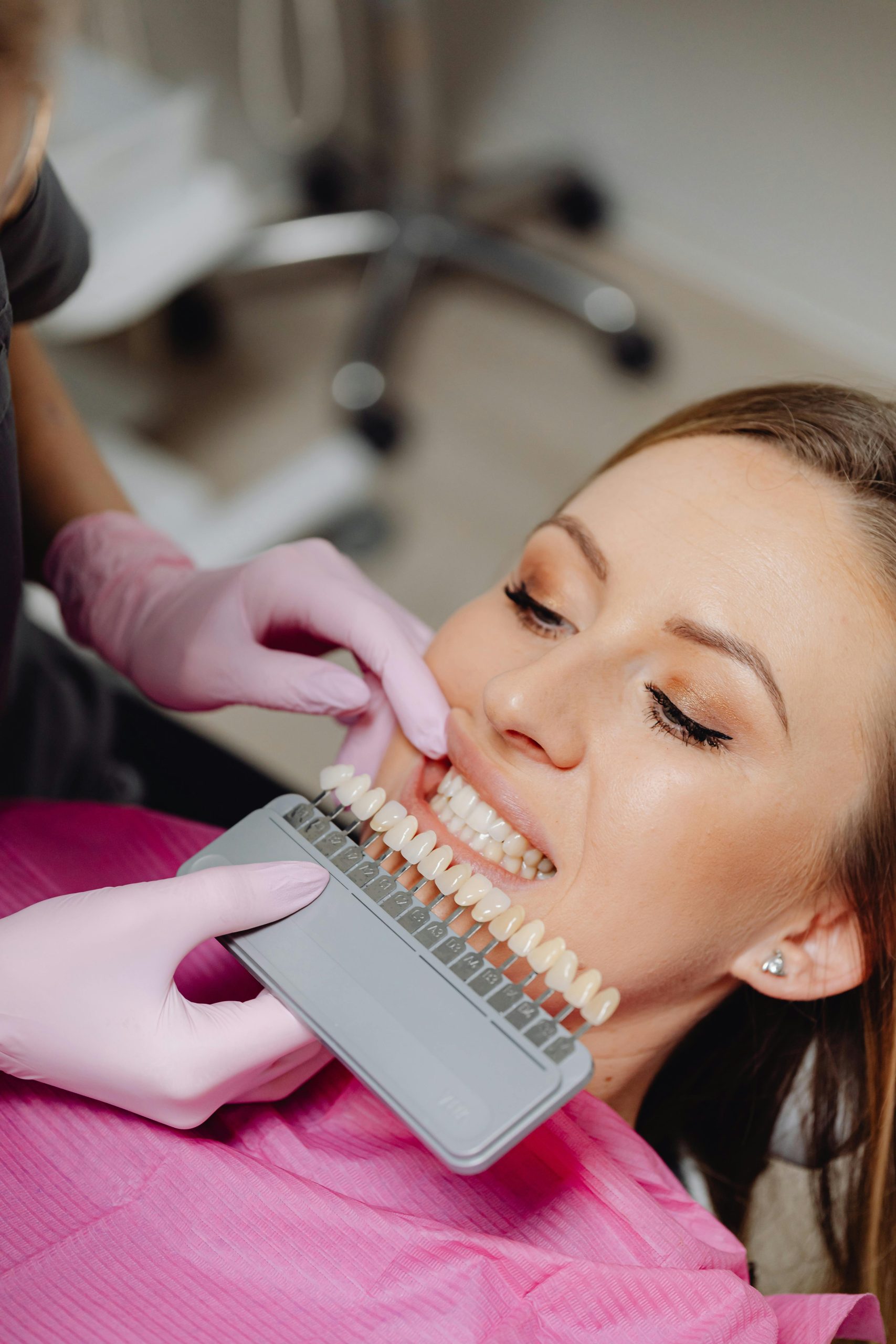A bright, white smile can boost confidence and leave a lasting impression. Teeth whitening has become one of the most popular cosmetic dental procedures, offering a quick and effective way to enhance your smile. Whether you’re considering professional treatments or at-home solutions, understanding the costs, risks, and benefits is essential. This guide covers everything you need to know to make an informed decision about teeth whitening.
What Is Teeth Whitening?
Teeth whitening is a cosmetic procedure designed to lighten the shade of your teeth by removing stains and discoloration. Over time, teeth can become yellow or stained due to factors like aging, diet, smoking, or poor oral hygiene. Whitening treatments use bleaching agents, such as hydrogen peroxide or carbamide peroxide, to break down stains and restore a brighter appearance.
Types of Teeth Whitening
There are several methods available for teeth whitening, each with its own advantages and drawbacks:
- Professional In-Office Whitening: Performed by a dentist, this method delivers fast and dramatic results in a single visit.
- At-Home Whitening Kits: These include custom-fitted trays or over-the-counter strips and gels for gradual whitening.
- Whitening Toothpaste: Contains mild abrasives and low concentrations of bleaching agents for subtle improvements.
- Natural Remedies: Options like baking soda or activated charcoal may offer mild whitening effects but lack scientific backing.
Cost of Teeth Whitening
The cost of teeth whitening varies widely depending on the method you choose. Here’s a breakdown of what you can expect:
Professional Whitening Costs
- In-Office Treatment: $300 to $1,000 per session, depending on the dentist and location.
- Take-Home Kits from Dentists: $100 to $400, offering professional-grade results at a lower cost.
At-Home Whitening Costs
- Over-the-Counter Strips/Gels: $20 to $100, providing an affordable but less potent option.
- Whitening Toothpaste: $5 to $20, ideal for maintenance rather than significant whitening.
While professional treatments are more expensive, they often yield faster and longer-lasting results. At-home options are budget-friendly but may require consistent use over weeks or months.
Risks and Side Effects of Teeth Whitening
While teeth whitening is generally safe, it’s not without potential risks. Understanding these can help you minimize discomfort and achieve the best results.
Common Side Effects
- Tooth Sensitivity: Bleaching agents can temporarily increase sensitivity to hot or cold foods.
- Gum Irritation: Overuse or improper application of whitening products may irritate gums.
- Uneven Results: Existing dental work (like crowns or fillings) won’t whiten, leading to uneven coloration.
Who Should Avoid Whitening?
Teeth whitening isn’t suitable for everyone. Avoid it if you:
- Have untreated cavities or gum disease.
- Are pregnant or breastfeeding.
- Have extremely sensitive teeth or allergies to whitening agents.
Consulting a dentist before starting any whitening treatment is recommended, especially if you have underlying dental issues.
Benefits of Teeth Whitening
Despite potential risks, teeth whitening offers numerous advantages that make it a worthwhile investment for many people.
Enhanced Appearance
A whiter smile can make you look younger and more attractive, boosting self-esteem in social and professional settings.
Non-Invasive Procedure
Unlike other cosmetic dental treatments, whitening doesn’t require drilling or permanent alterations to your teeth.
Quick Results
Professional treatments can lighten teeth by several shades in just one session, while at-home kits show noticeable results within weeks.
Customizable Options
With various methods available, you can choose a whitening solution that fits your budget, timeline, and desired results.
Conclusion
Teeth whitening is a safe and effective way to achieve a brighter smile, but it’s important to weigh the costs, risks, and benefits before starting any treatment. Professional options provide fast and dramatic results, while at-home solutions offer convenience and affordability. Always consult a dentist to ensure whitening is right for you and to avoid potential side effects. With the right approach, you can enjoy a radiant smile that leaves a lasting impression.
